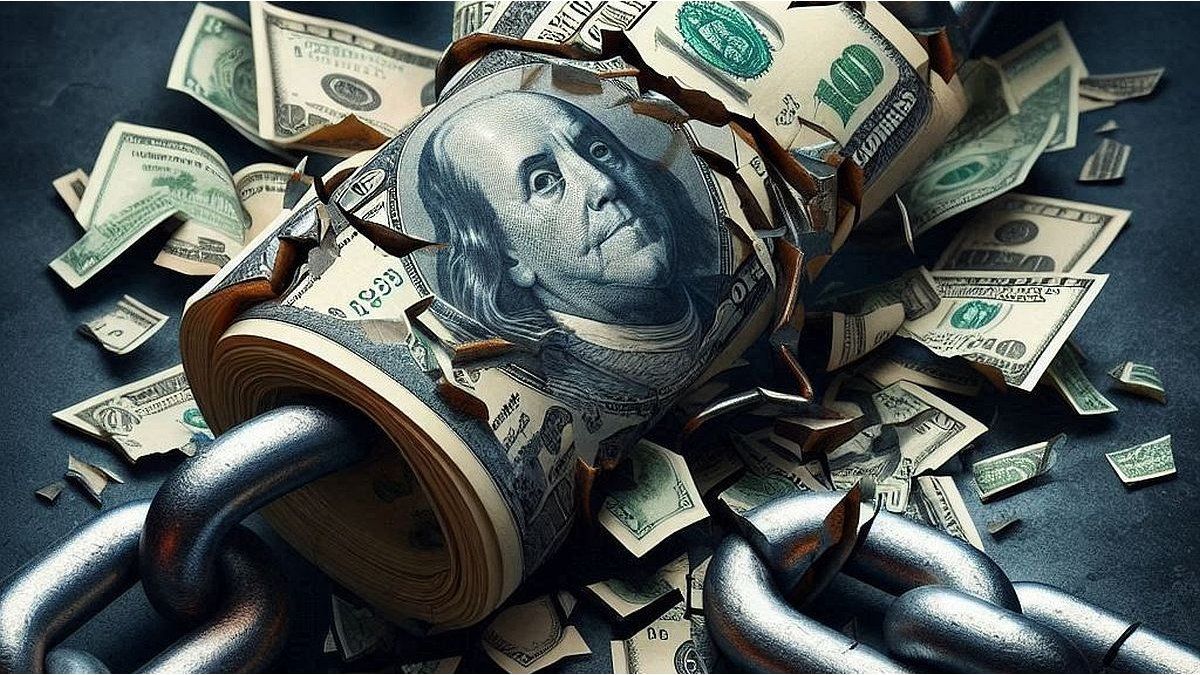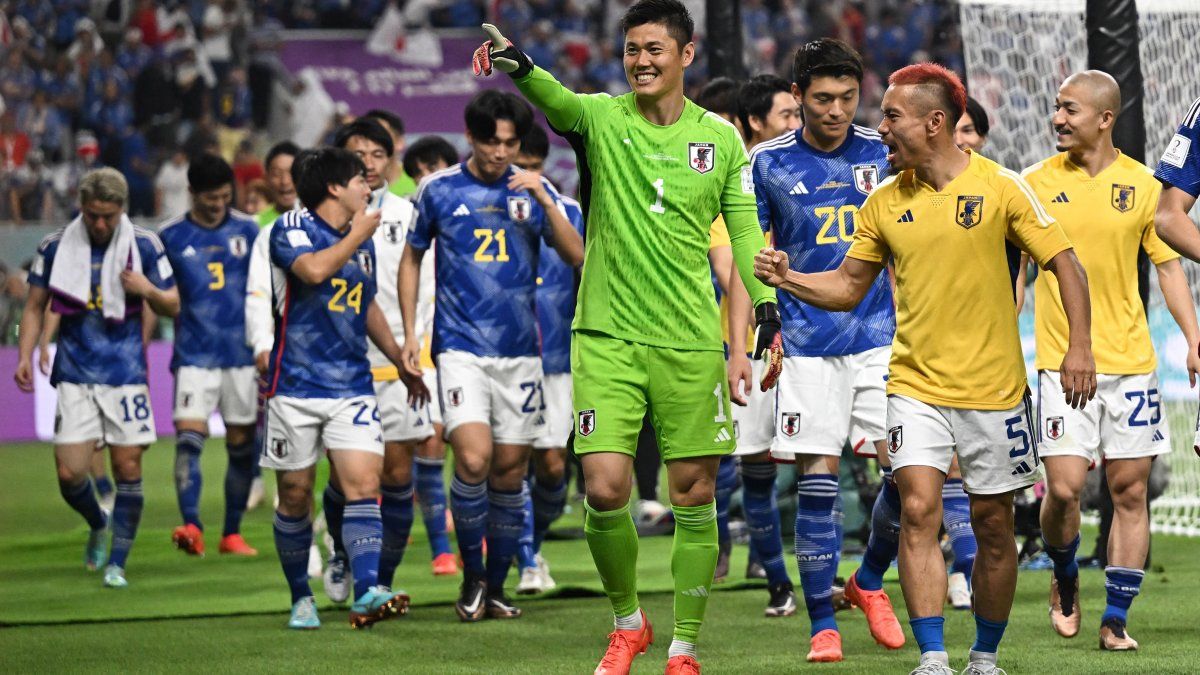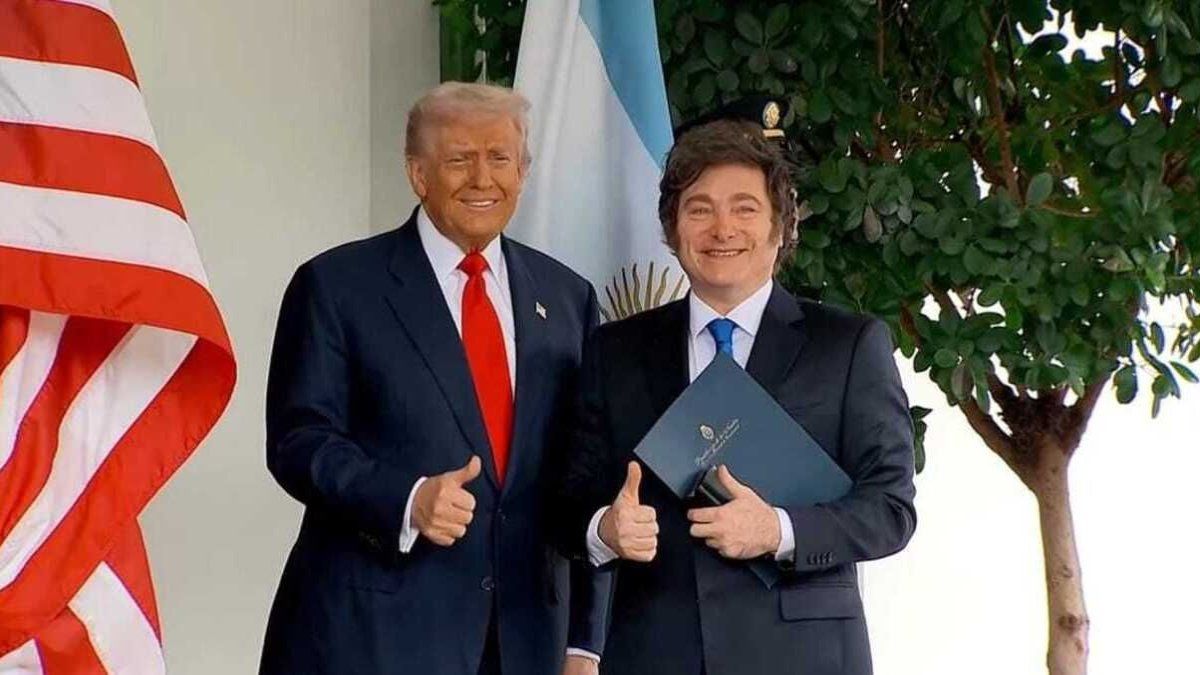The Government is evaluating implementing a managed float once you leave the exchange rate valid for five years. The definition arose from a streaming made by Federico Furiasedirector of Central Bank (BCRA).
President Javier Milei and the Minister of Economy, Luis Caputo, promised to dismantle these measures next year, although they have not yet publicly defined what exchange system they will adopt from then on. However, last week, Federico Furiase, director of the Central Bank, and Martín Vauthier, Caputo’s advisor, outlined the general guidelines of the plan in a presentation held at the Torcuato Di Tella University, in Buenos Aires.
One of the key requirements for lifting currency controls is capitalizing the Central Bank, as Furiase said. In addition, he maintained the need to reduce the excessive amount of pesos which is largely held in Treasury debtto avoid economic tensions during the transition, he said.
However, Caputo’s own team made it clear that the plan for the release of the stocks remains “gradual.” This means that restrictions will be lifted little by little and may take all of 2025 to do so completely.
It is important to remember that Javier Milei had already given some clues about his objective in October of this year when he said: “When the money overhand was eliminated, there is no excess supply of pesos. And if there is no excess supply of pesos, I can open the dry even when I don’t have dollars, because I am going to a flexible exchange rate system.”
Milei’s advance on the future of the dollar is a key definition for the future, but the future of this flexible exchange rate policy will have to pass some tests. In the Government’s ideal scheme, the floating of the currency would be free because it would not There would be pressure from the excess pesos in the economy.
Dollar dollar markets stocks bonds
Milei’s advance on the future of the dollar is a key definition for the future.
The Peruvian system, a reference for the Government
The Peruvian currency is the one that fluctuates the least in value with respect to the dollar, unlike other economies in the region. Stability in the price of its currency is achieved thanks to a strategy of the Central Reserve Bank of Peru (BCRP) known as “dirty float.”
In the floating exchange rate model, the exchange rate moves freely, since the central bank never intervenes in the exchange market. It is the one followed by the European countries that share the euro, or in Latin America, for example, Chile. This can give rise to large fluctuations influenced by the current situation or external economic factors.
And then there is the dirty flotation model that Peru follows, in which the exchange rate also fluctuates, but in a very limited way. This happens due to limited intervention by the central bank in the market. What it does is buy dollars when the exchange rate goes down and sell when the exchange rate goes up, in this way it manages to keep its price relatively stable.
Since the Peruvian Central Bank does not announce in advance when it will intervene in the market, nor how intensely it will do so, Uncertainty deters speculators interested in eroding the national currency with short-term maneuvers.
Source: Ambito
David William is a talented author who has made a name for himself in the world of writing. He is a professional author who writes on a wide range of topics, from general interest to opinion news. David is currently working as a writer at 24 hours worlds where he brings his unique perspective and in-depth research to his articles, making them both informative and engaging.




